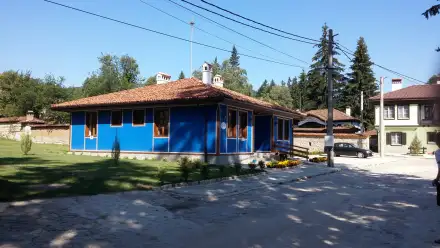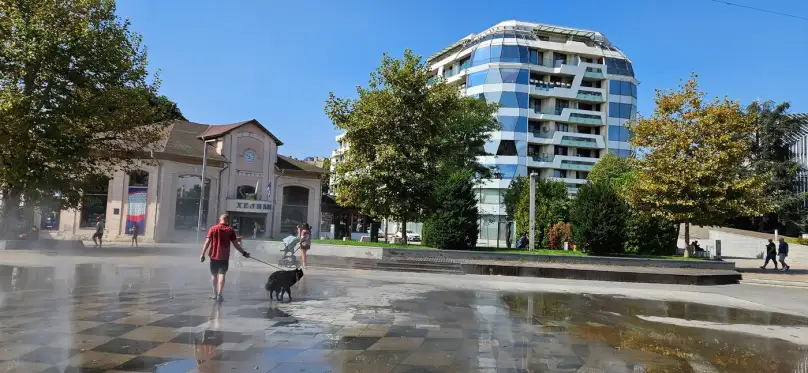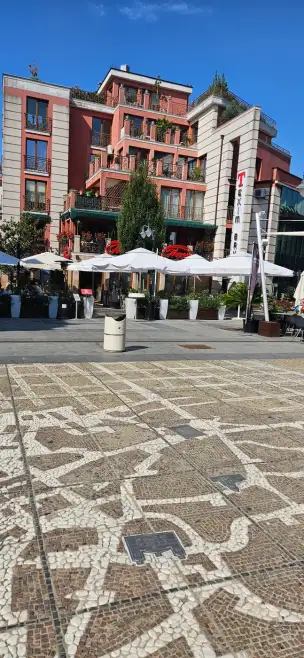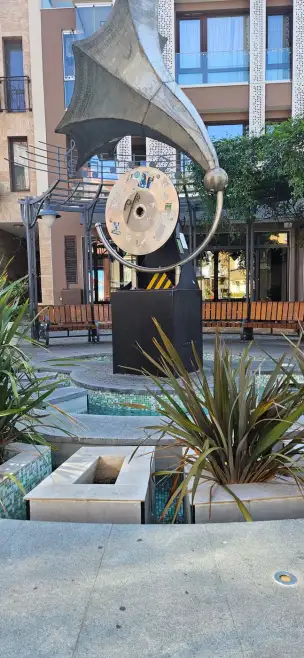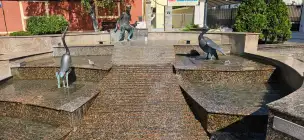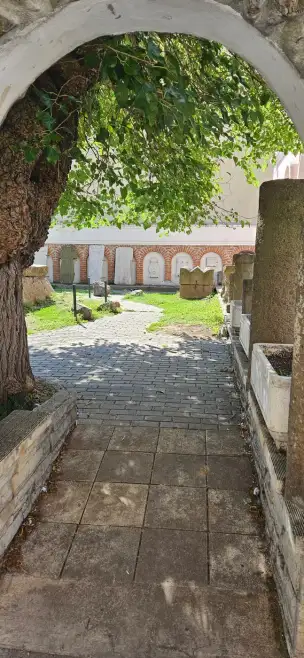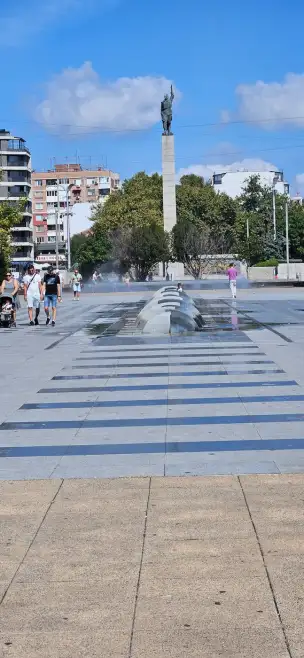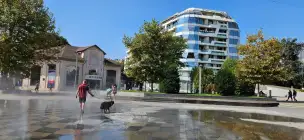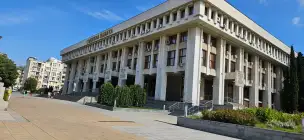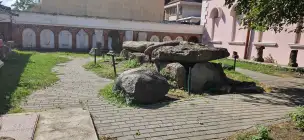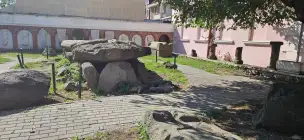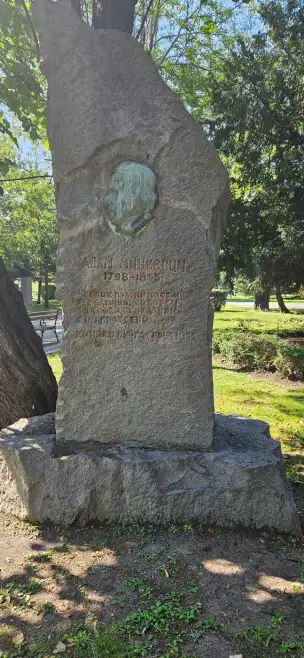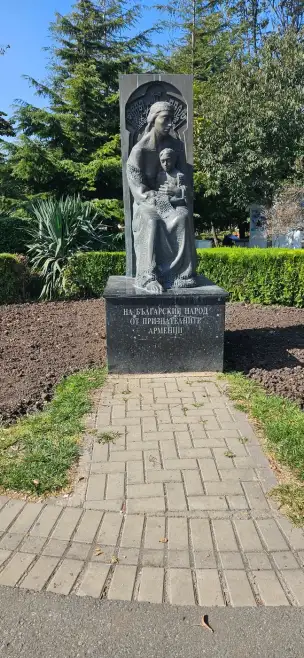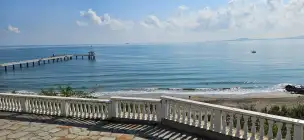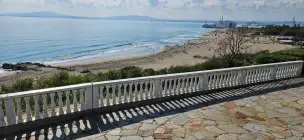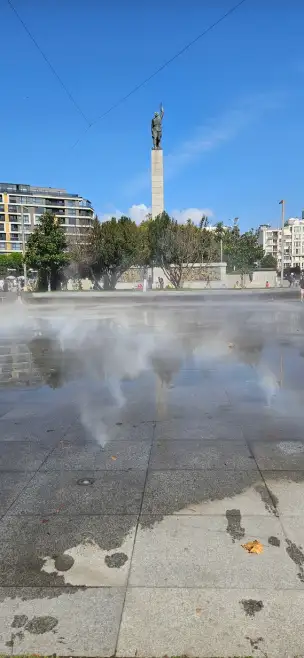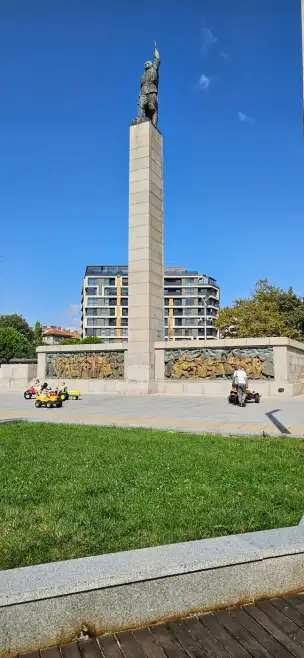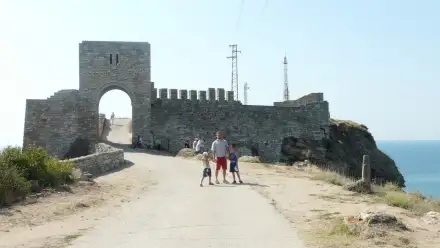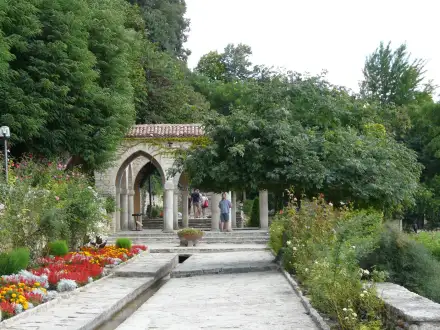One of the most important seaports on the Black Sea.
Burgas is located on the eastern coast of Bulgaria, on the western shore of the Burgas Bay, which is part of the Black Sea. It is one of Bulgaria's major cities and an important port center. The port of Burgas is one of the most significant seaports on the Black Sea, playing a key role in international trade and cargo transport.
Burgas is a popular tourist destination, especially in the summer, when visitors are drawn to the beautiful Black Sea coastline. The area around the city features numerous beaches, resorts, and recreational facilities. Within Burgas itself, visitors can explore museums, parks, and other tourist attractions.
The city has a rich history, with evidence of settlement in the region dating back to ancient times. Burgas became an important center of trade and industry in the 19th and 20th centuries, and its historical heritage can be explored through its many museums and landmarks.
Discover the best flights to Bulgaria See current prices and promotions.
Check flights to Bulgaria
Thracian Dolmen
Dolmens are primarily associated with megalithic structures from the Neolithic and Early Bronze Age, especially in Western Europe: Brittany, the British Isles, Spain, and Portugal. They are often linked to pre-Indo-European cultures, while the Celts—contemporaries of Obelix—settled these areas much later and likely inherited the dolmens rather than built them.
Thracian dolmens are megalithic tombs constructed from large stones (rock slabs) that resemble the classic dolmens of Western Europe. However, they originate from a different period and served a different cultural purpose: they are not Neolithic constructions, but tombs for Thracian aristocracy from the Iron Age, roughly the 9th–6th centuries BCE, although some are younger (even from the 4th century BCE).
Most Thracian dolmens are found in southern and southeastern Bulgaria, particularly:
- In the Strandzha and Sakar mountains,
- Around Yambol, Haskovo, Kirkovo, and Malko Tarnovo,
- And in Eastern Thrace (today part of European Turkey).
Some are well-preserved, while others have been relocated (like the one in the Burgas museum) for protection.
Some researchers suggest that the Thracians may have been inspired by older megalithic traditions, although this is unlikely to reflect a continuous cultural link with the Neolithic. It is rather a reuse of a burial form, common in many cultures, with strong symbolic significance.
Adam Mickiewicz Monument in Burgas
Adam Mickiewicz also visited Burgas in 1855, during the Crimean War, under the command of Michał Czajkowski (Sadyk Pasha) of the Cossack Division.
Sea Garden in Burgas
A park along the Black Sea, landscaped with ornamental trees and shrubs, sculptures, and busts created during the Burgas Summer Sculpture Workshop.
The first trees in the area of today’s Sea Garden were planted by soldiers of the 24th Black Sea Infantry Regiment barracks in 1889.
Alyosha Monument in Burgas
An 18-meter monument to the Soviet Army located on the city’s central square, known as Troikata, built in 1952–1953.
After 1989, the monument has frequently been subject to vandalism.
